Beyond the Frame 17/
An audio journey to Bhutan with giggling, singing and chanting plus an introduction to the must-watch, Oscar-tipped, Netflix documentary, Mountain Queen.
It’s hot in Geneva. Too hot. Our balcony thermometer reads 36.9ºC, the air is thick and heavy like treacle. Even the uppermost leaves on the giant Horse Chestnut tree beside our building are motionless. There’s not even the faintest hint of a breeze.
So I am thinking cooling thoughts and imagining myself transported to lands of snow and ice. Come with me to the Himalayas.
Bhutan
Finding myself with the luxury of some free time, I took a stroll through a remote village in the Ura Valley. The sound of excited giggling reached me before these five schoolgirls turned the corner.
They stopped and we chatted — in that way people who don’t share a common language are able to communicate. I asked if I might make a photo and when I turned the camera around to show their image in the LCD monitor, they burst into howls of laughter, pointing at themselves on the screen.
I often make audio recordings and this might be my favourite 30 second clip. I find it impossible to hear without smiling. I hope it makes you smile too.
I could still hear their laughter long after the girls had climbed the path and disappeared from view.
The Candlemakers
In a nearby house, a group of men were making ceremonial candles. They melted wax, wound short lengths of wick and poured molten wax into copper-coloured holders laid in rows on a table.
When people are in a group, relaxed and in the flow of a simple, meditative task, they will often begin to sing. It almost invariably begins with one person humming a familiar tune, another joins in, pretty soon the work is accompanied by voices in harmony. So it was with the Candlemakers.
I have recorded hundreds of audio clips. Some are short interviews, some are ambient sounds; waterfalls, traffic, footsteps. Writing this, I realise that many clips feature people singing as they work. Here are two more examples from Bhutan:
Girls weaving on traditional looms
Girls selling souvenirs at the foot of the Tiger’s Nest Monastery
The Hermit Monk
Beside a mountain path in Bhutan is a tiny, nondescript hut. It looks like the sort of construction that might protect a water-powered Buddhist prayer wheel. But as I walked past, I didn’t hear the sound of a chiming bell, I heard this sonorous chant reverberating, as if emerging from the rocks themselves.
Inside the hut, a Buddhist monk was seated, counting beads on a prayer necklace, reciting prayed mantras.
I recommend making short audio recordings. They can be so evocative and combine well with images to convey a sense of place.
Audio Equipment
The voice recorder on a phone is adequate for quick recordings but for much better quality without breaking the bank, this is what I use and recommend:
I have an older version of this recorder, which has proved to be robust and reliable over many years. I like the X/Y microphones, which can be configured for directional or wide-angle recording.
This has been my most convenient audio recorder. It plugs directly into an iPhone, has X/Y mics and gain control. Zoom, the manufacturer, provide an app for recording and managing audio clips.
There’s also an Android version (AM7) but, sadly, not yet a version for iPhones with USB-C ports.
All of the recordings in this newsletter were made with one of these two devices.
I picked up a new H1n on a recent trip to New York. I haven’t tested it extensively yet but I’m confident that it will produce high quality audio files and it’s small enough to fit in a shirt pocket.
Mountain Queen
When I started writing this newsletter, I planned to begin by introducing a documentary film about Lhakpa Sherpa but got side-tracked. For readers who’ve made it this far, here’s your reward.
I first read about Lhakpa Sherpa in this 2019 Guardian article. She was the first Nepalese woman to successfully summit Everest. In 2019 she had summited Everest nine times, the women’s world record.
This film tells the story of Lhakpa’s tenth Everest attempt. That alone would make for a compelling documentary but Lhakpa’s story is about so much more than climbing literal mountains.
Lhakpa lives in Connecticut with her two daughters, Sunny and Shiny. She washes dishes and works at Whole Foods for the minimum wage.
“Climbing is my way out of washing dishes. It is the way to make a better life for the girls.”
I had expected to watch an inspiring story of a woman’s attempts to climb the world’s highest mountain. The film does show that but it shows something more soberingly down-to-earth as well. Lhakpa’s greatest challenge was more formidable than Everest; her relationship with Gheorghe Dijmărescu, the father of her daughters, whose violent outbursts eventually put Lhakpa in hospital.
Watching the film, I was reminded of a quote by another Everest climber, actor Brian Blessed.
“Everests are everywhere. The challenge could be starting a greenhouse or stepping an extra foot forward on a Zimmer frame when you’re very ill. But the greatest danger in life is not taking the adventure.”
Everests are everywhere. Often we don’t know what challenges people are facing or what demons they are struggling to defeat. Lhakpa is a shining example of how it’s possible to overcome such challenges — and climb Everest whilst you’re at it.
Another, more recent Guardian review of the documentary is worth reading and provides fascinating background to Lhakpa’s story.
Mountain Queen has been tipped for an Oscar nomination and is now available on Netflix.
I can highly recommend it. I’ve watched it three times already. And if you do watch, let me know what you think in the comments. I would be interested in your reaction.
I hope the weather is more comfortable where you are or, if not, that I have at least provided some cool content for you 😬
Beyond the Frame 16/
A guide to photographing lightning and how to process lightning photos in Lightroom Classic.


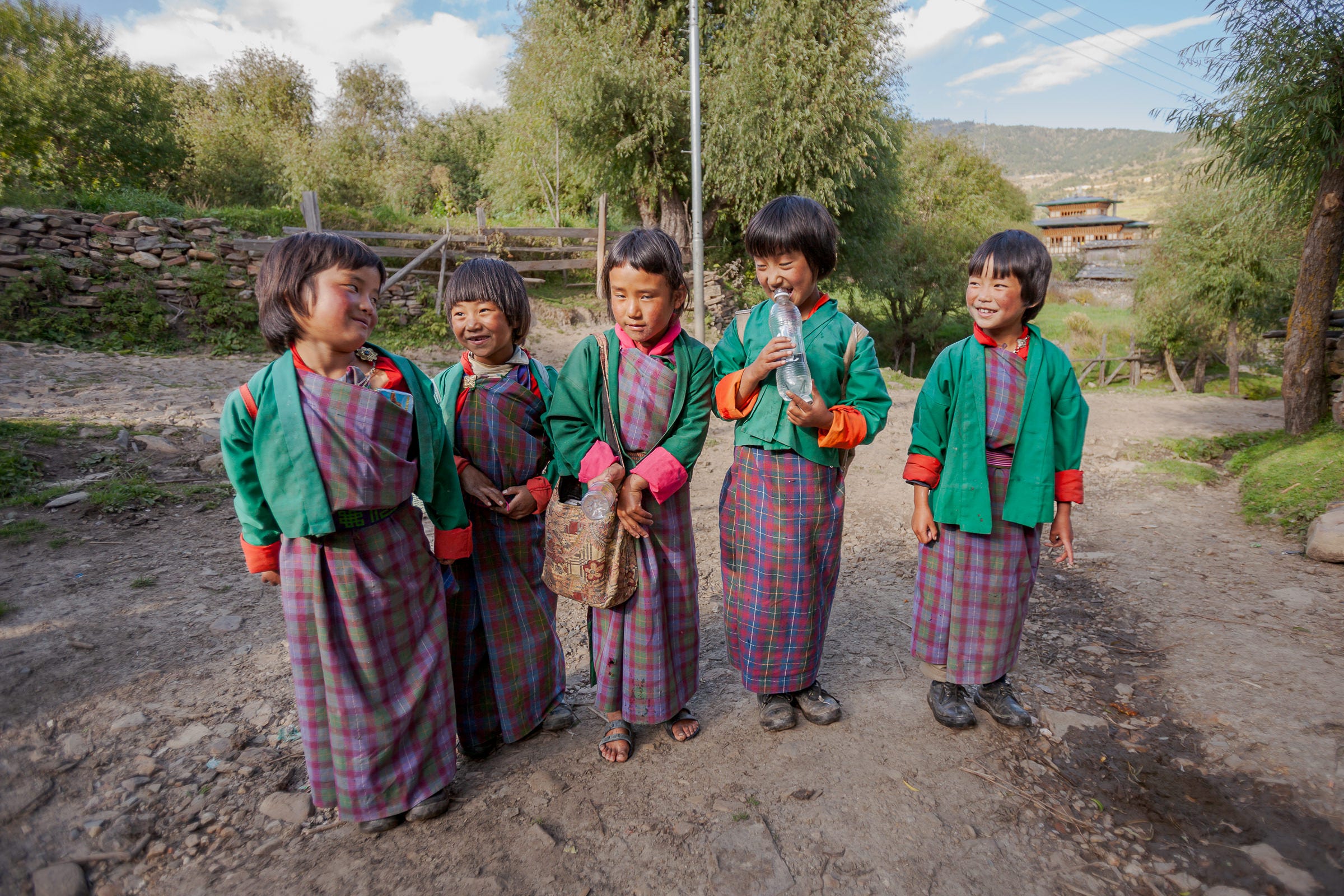
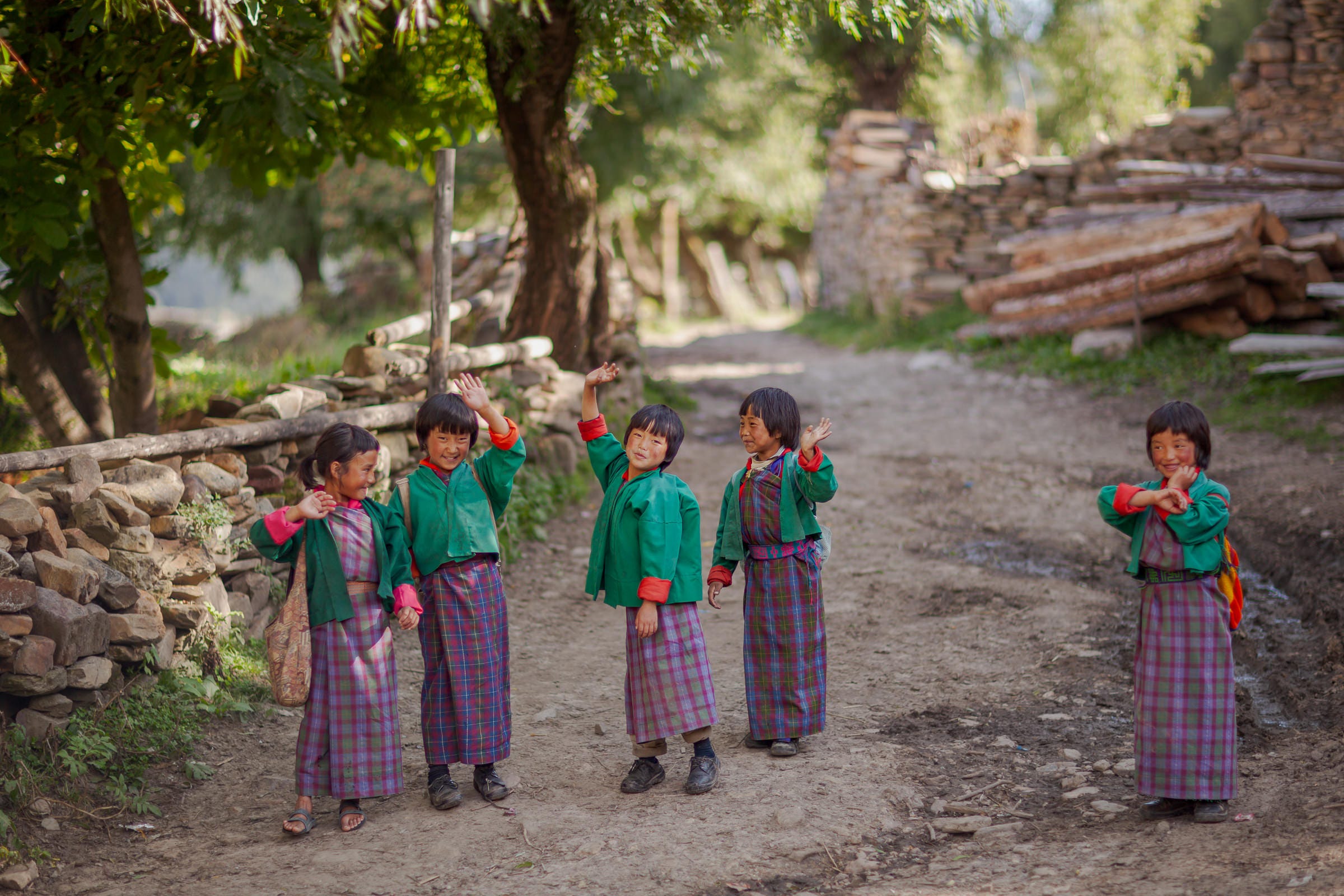
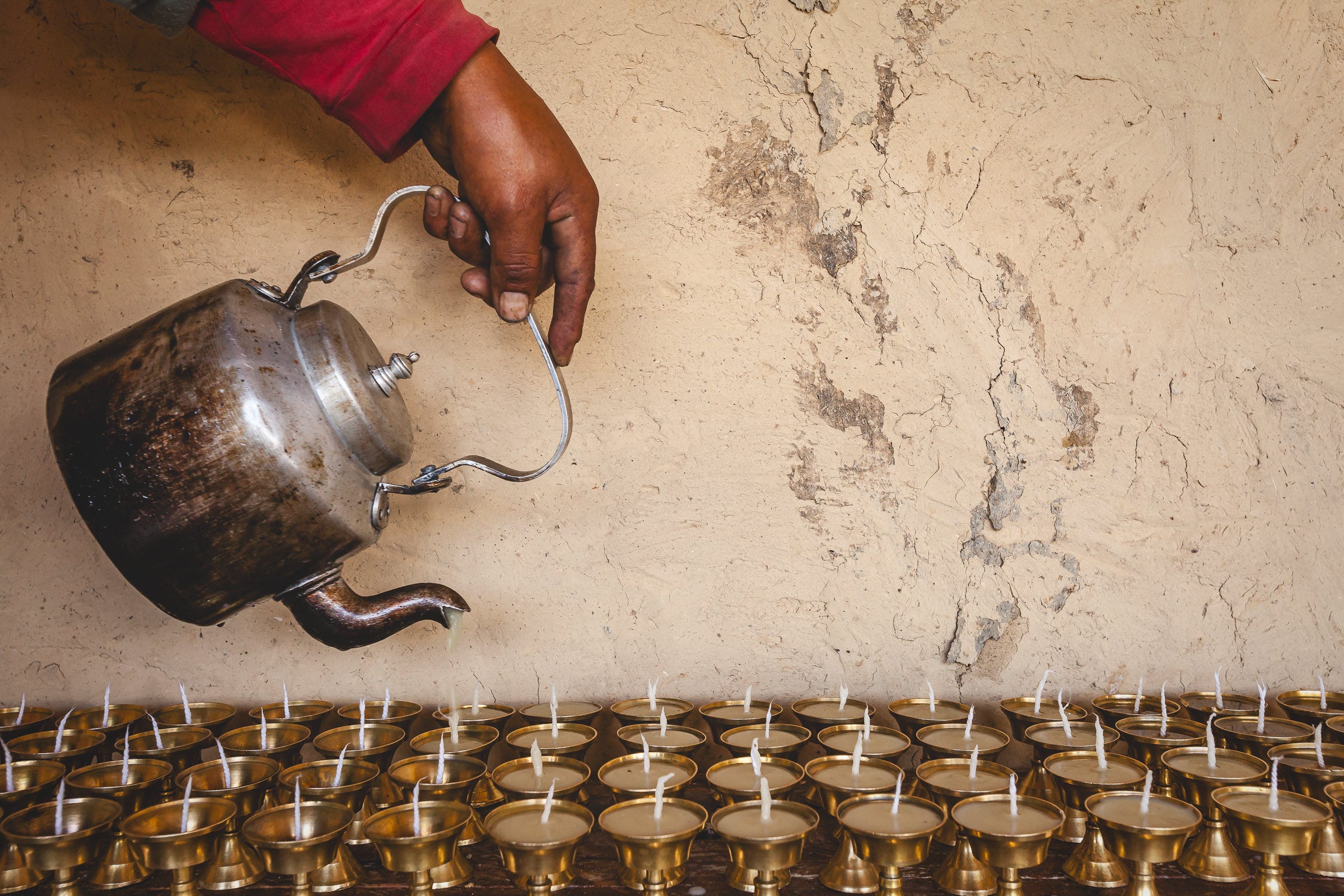
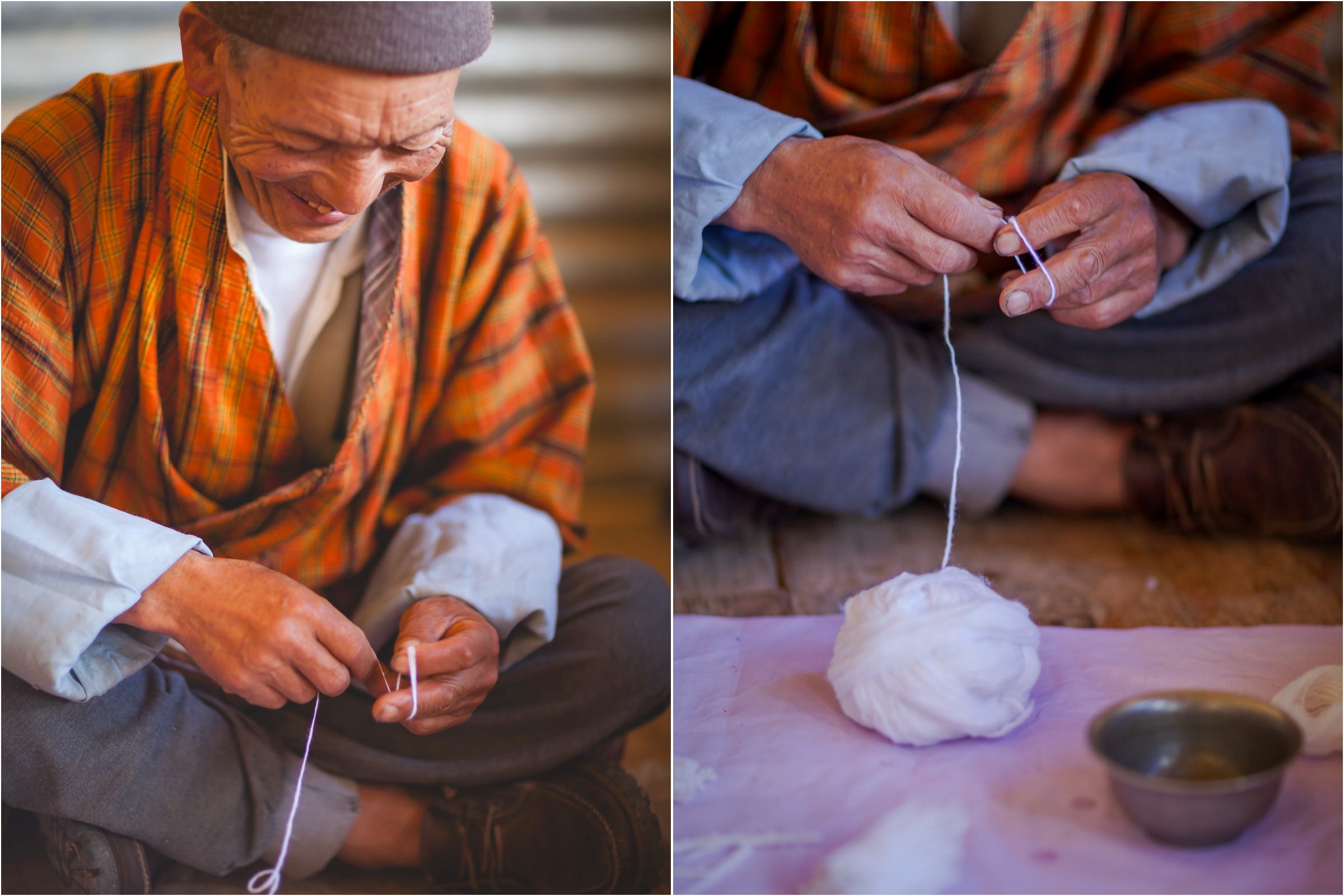
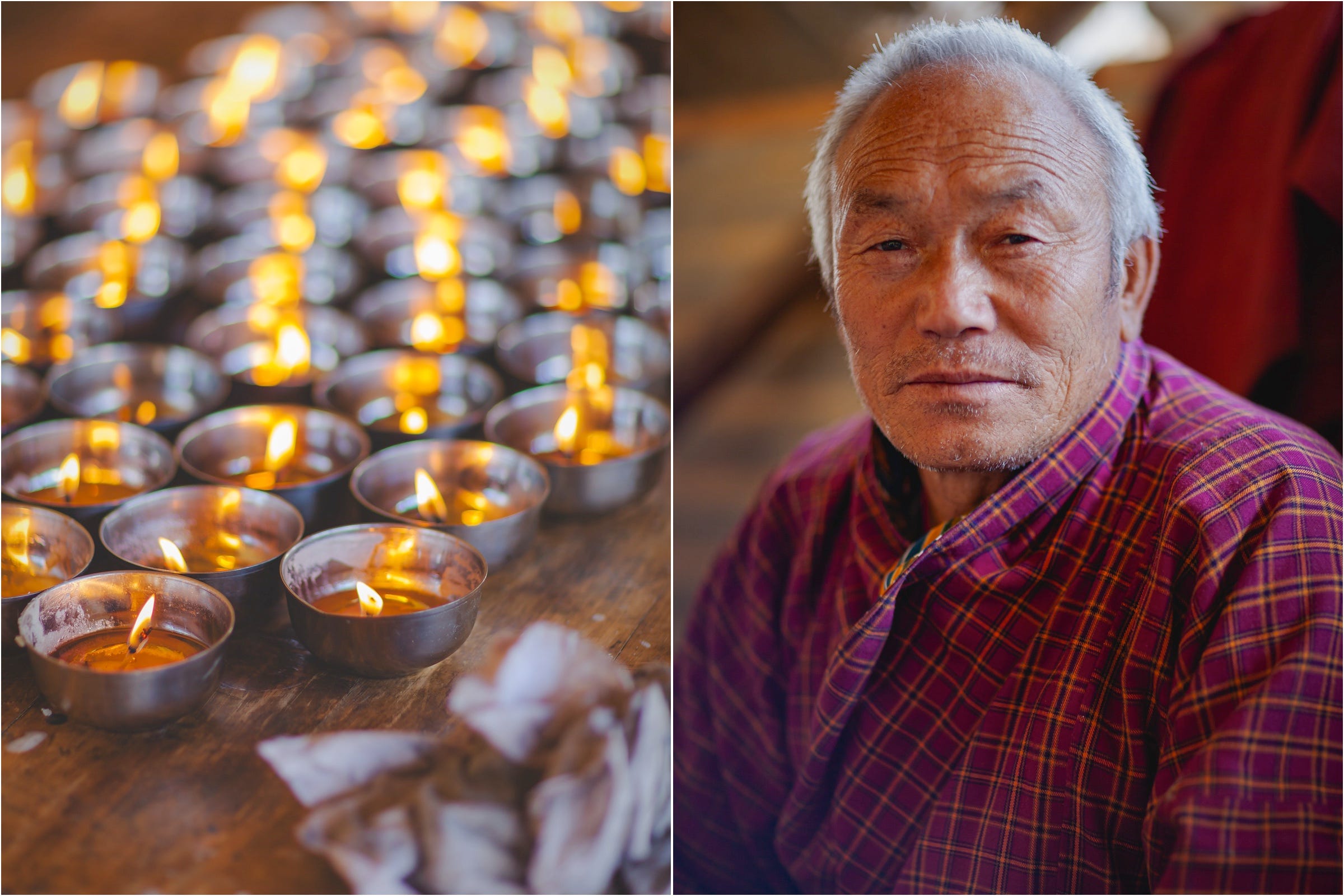
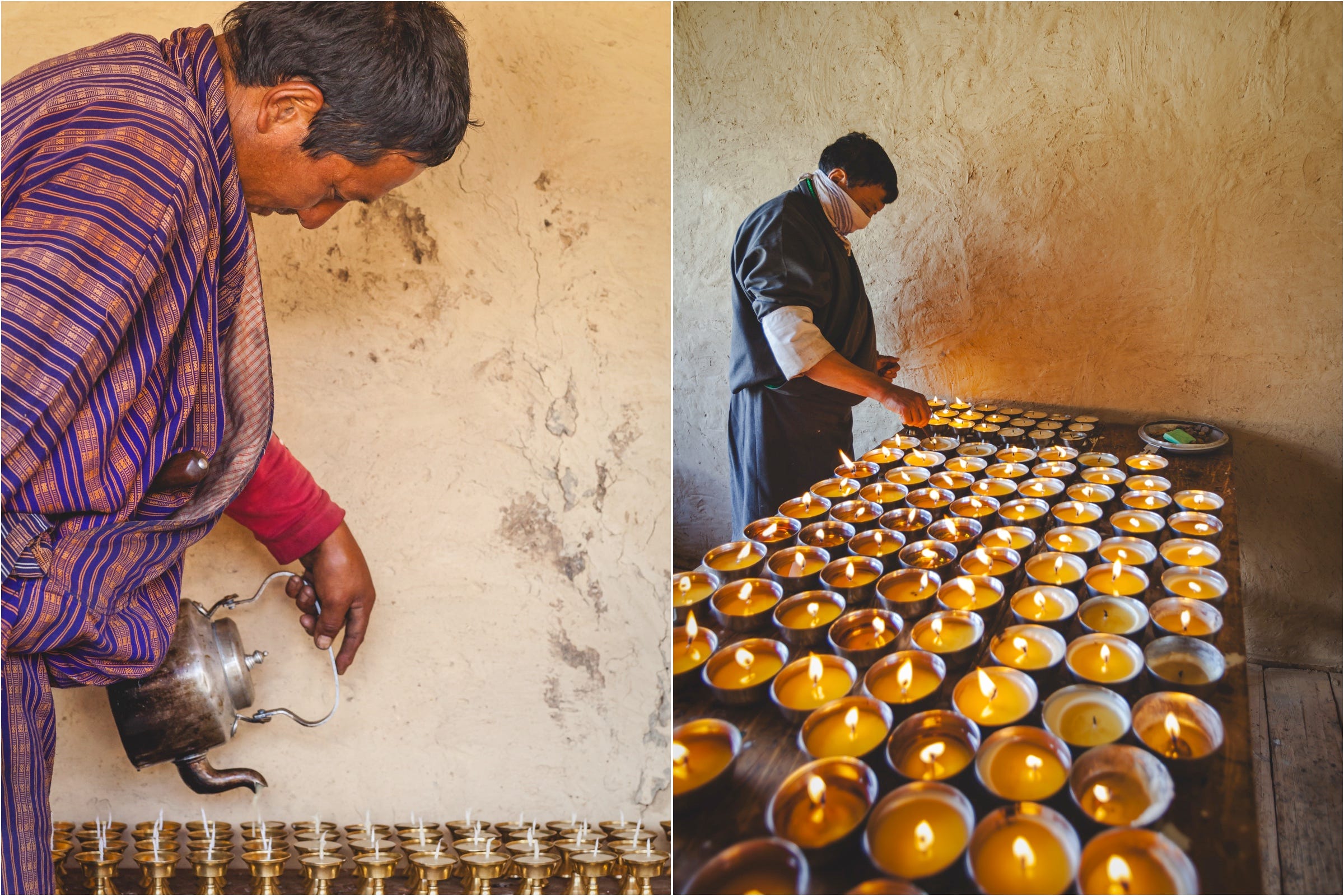
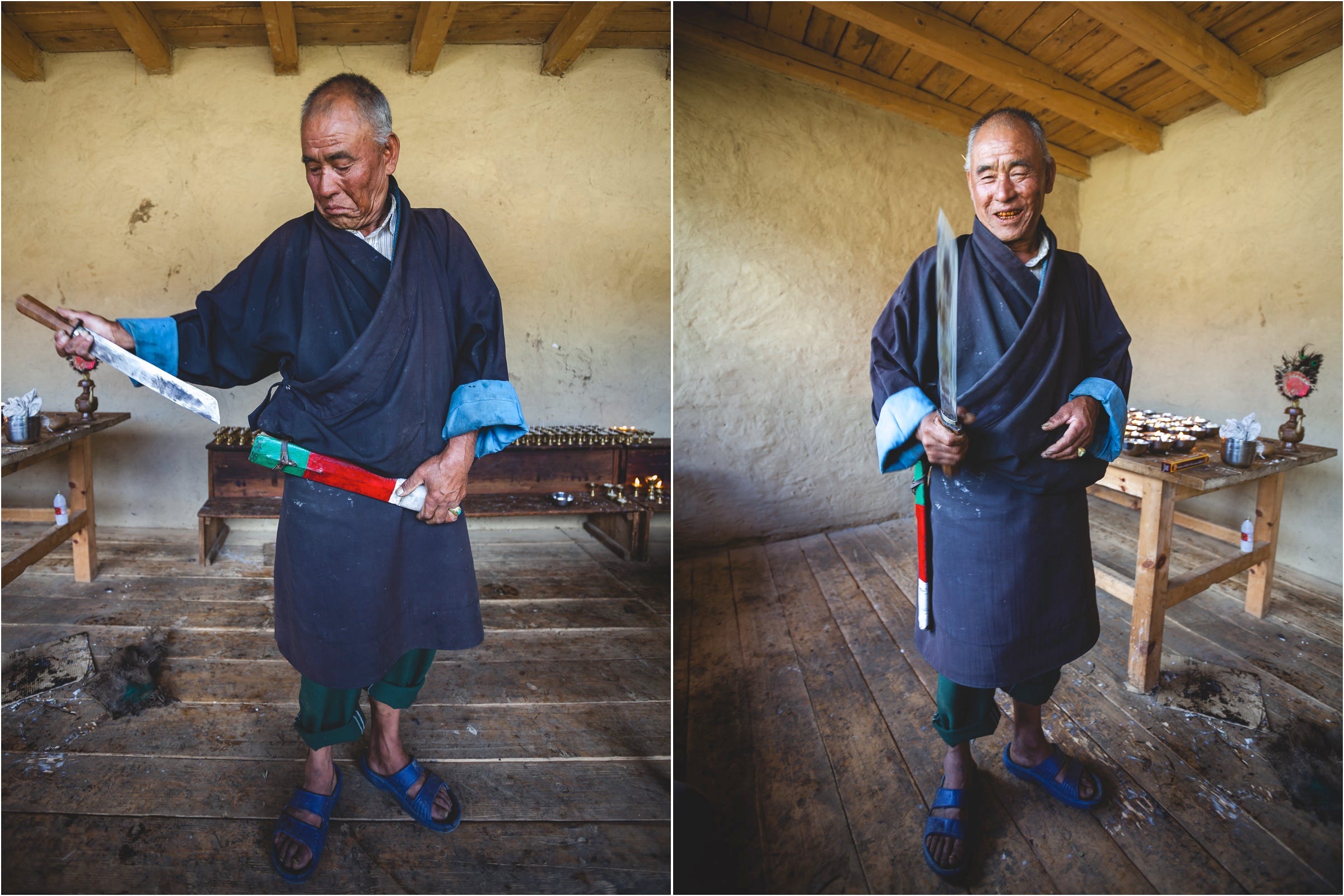

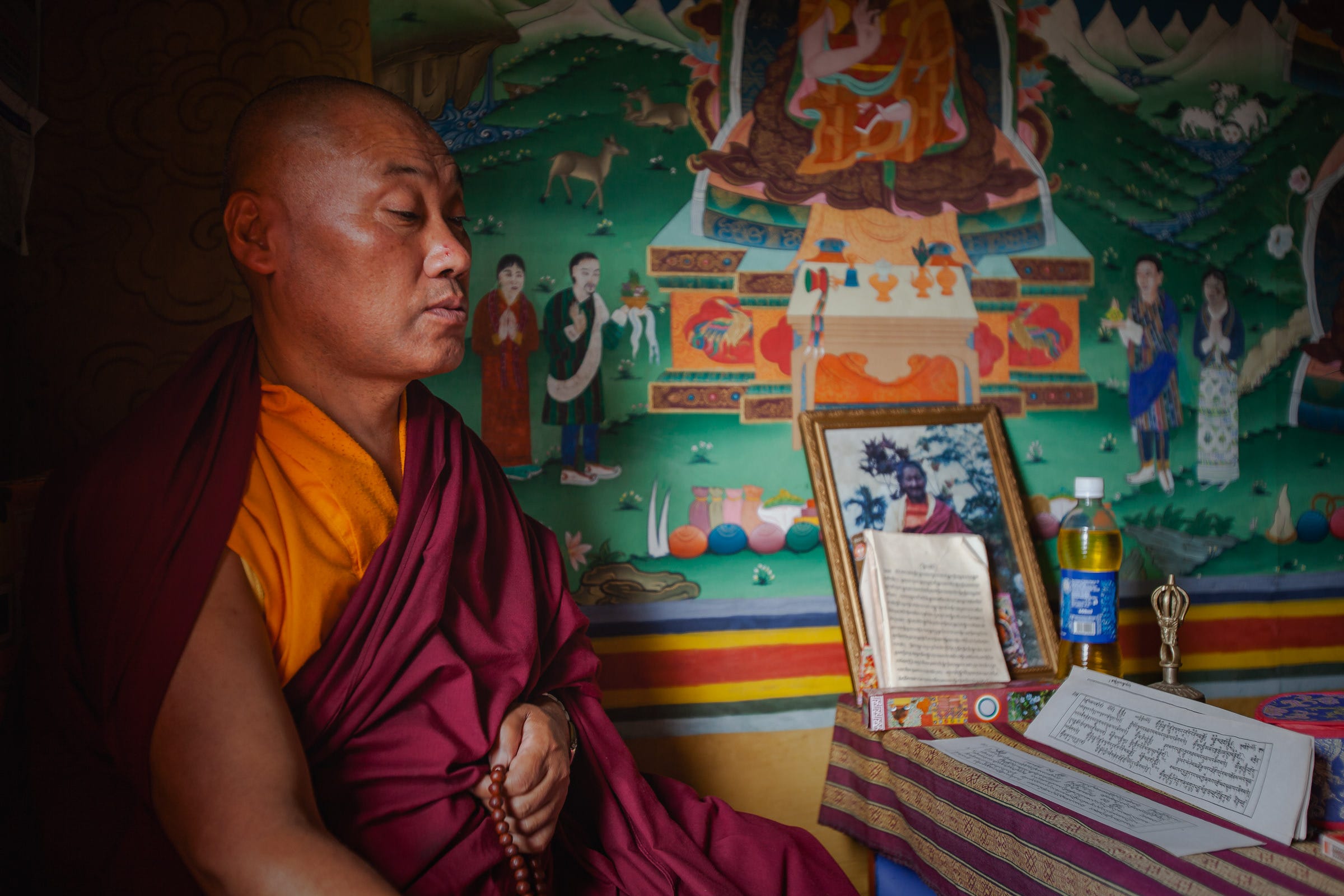
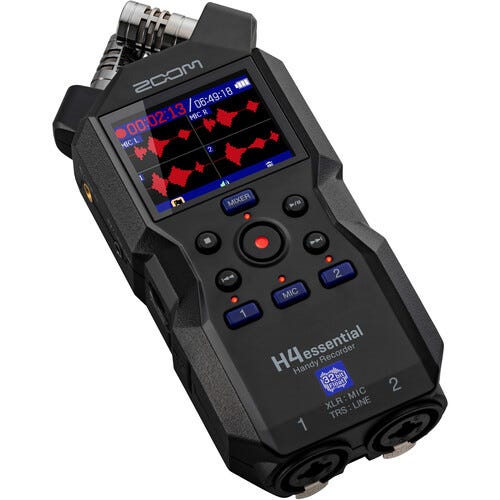


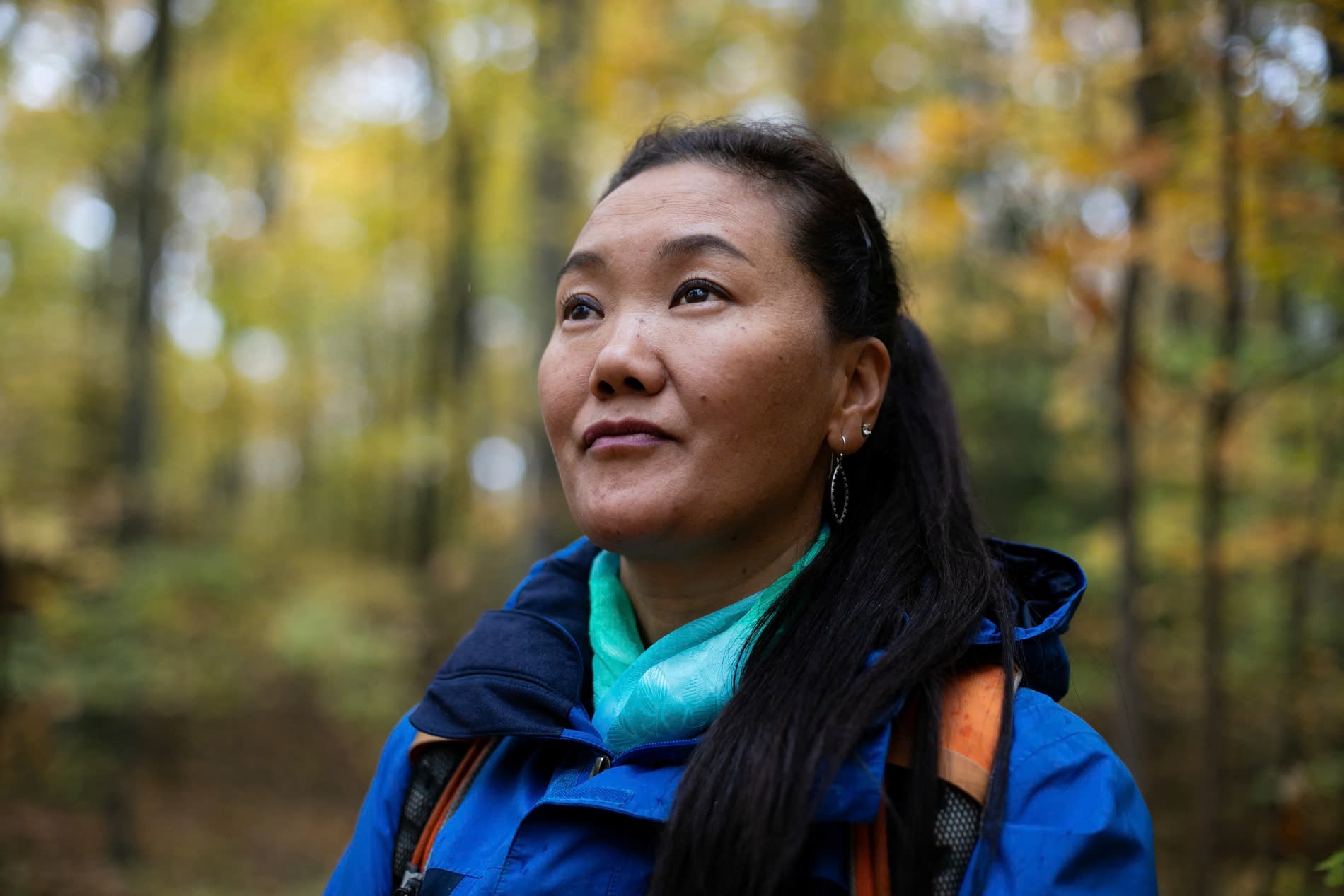
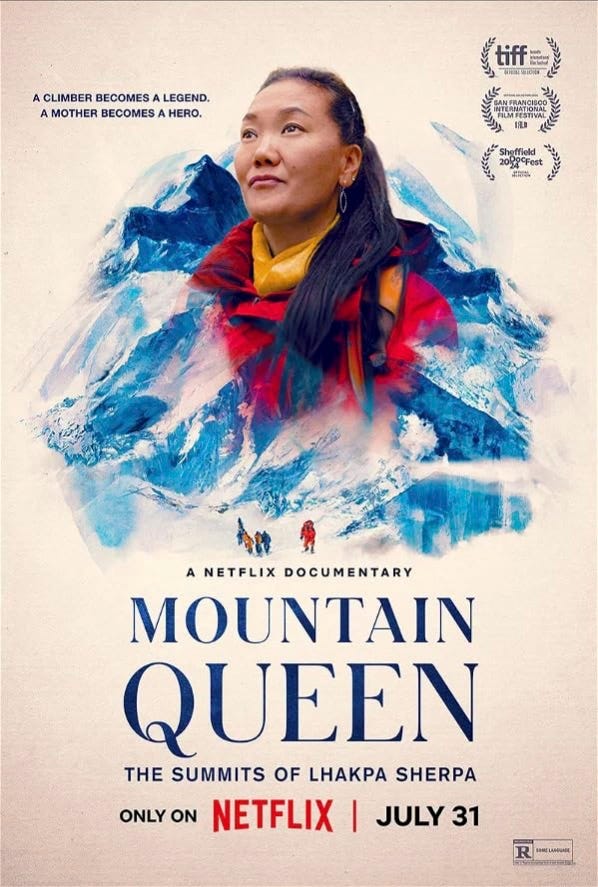
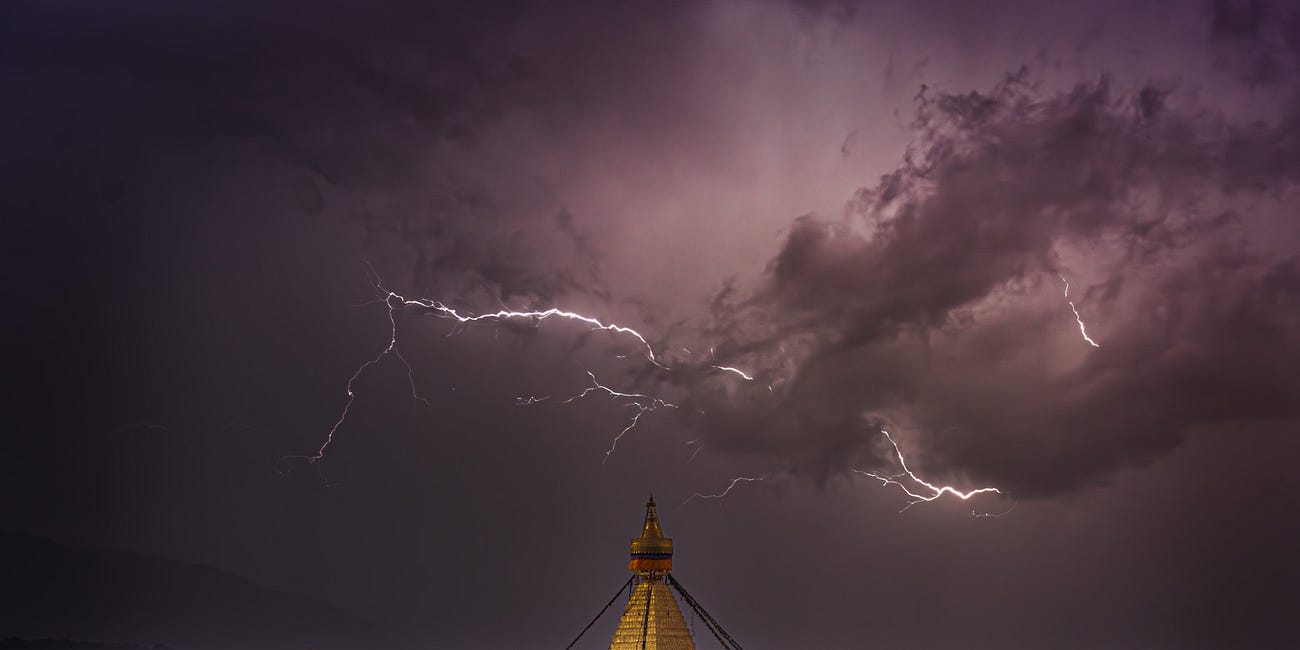


This was a revelatory experience. Thank you! Your writing, photos and audio together took me with you to Bhutan. I was moved. Your ‘Beyond the frame’ are a highlight and providing so much inspiration.
I loved the Mountain Queen documentary and have been following her on IG for quite some time. If you enjoyed that documentary, you might also enjoy Pasang (available on Amazon Prime Video, for rental - at least in the US). In Mountain Queen, Lhakpa speaks of how she felt Pasang's energy transmute to her and the Pasang movie provides more background and context.
Loved the audios from Bhutan!